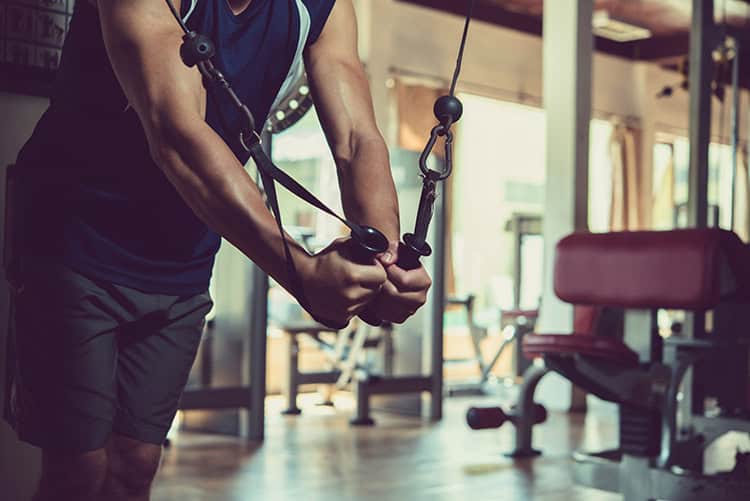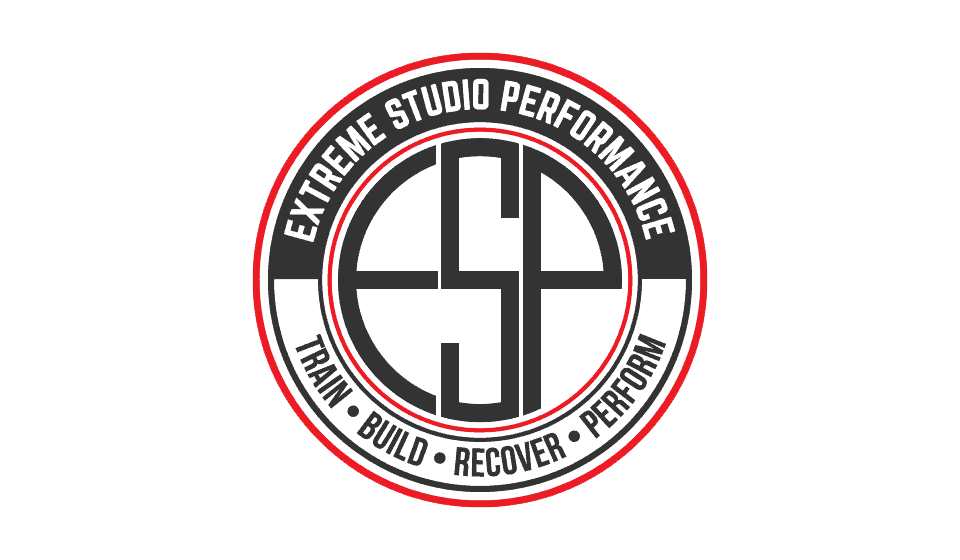
If you’re new to the world of fitness or you just started going to a gym, knowing what people mean when they talk about different types of exercise can help you figure out what types of workouts to focus on.
One way to describe exercises is by distinguishing between compound exercises and isolation exercises. Even if you’ve been working out for a while, understanding the difference between compound and isolation exercises can help you when planning a workout routine.
The big thing that separates these two types of exercises is the number of joints and muscle groups involved. Compound exercises work multiple muscle groups. As the name suggests, isolation exercises work a specific muscle in isolation. Both types can be useful parts of your workout routine, depending on your goals.
 Compound Exercises
Compound Exercises
Compound exercises tend to focus on the type of muscle work that is related to everyday life. For example, if you’re helping a friend move then you’ll be using muscle groups in your thighs and abs to lift boxes and arm strength as you’re carrying them. You use your biceps, shoulder, and upper back muscles when carrying grocery bags. Yard work, like push mowing the lawn, works a wide variety of muscles including glutes, hamstrings, and triceps.
Similarly, compound exercises in the gym strengthen multiple muscle groups. This type of exercise is foundational for overall fitness. Examples of compound exercises include:
- Back squat
- Bench press
- Deadlift
- Jumping rope
- Lunge
- Pushup
Isolation Exercises
Isolation exercises focus on specific muscles. Rather than focusing on overall fitness, they let you narrow in on specific parts of the body. You probably won’t want to only do isolation exercises since they’re not as focused on functional movement and everyday muscle use as compound exercises. However, they are great for hitting specific goals.
For example, if you want bigger arms, then you might add barbell bicep curls to your workout routine. If you’re struggling with weak leg muscles, then you can use isolation exercises to strengthen them. These types of exercises are also good for correcting imbalances, and might be recommended by a therapist or personal trainer. Examples of isolation exercises include:
- Bicep curl
- Cable chest fly
- Calf raise
- Hamstring curl
- Lateral shoulder raise
- Rope pull-down
Which Exercises Are for You?
As we’ve seen, there’s a place for both compound and isolation exercises in a workout routine. The specific exercises you focus on will depend on your fitness goals.
When you work out at Extreme Studio Performance, you have access to high-quality gym equipment to support compound and isolation exercises, including specialty equipment you likely won’t find at other gyms. You can also sign up for group or personal training, which will give you even more of a support network and personalized fitness recommendations from a professional trainer. Contact us today to set up a gym visit and free fitness evaluation.
